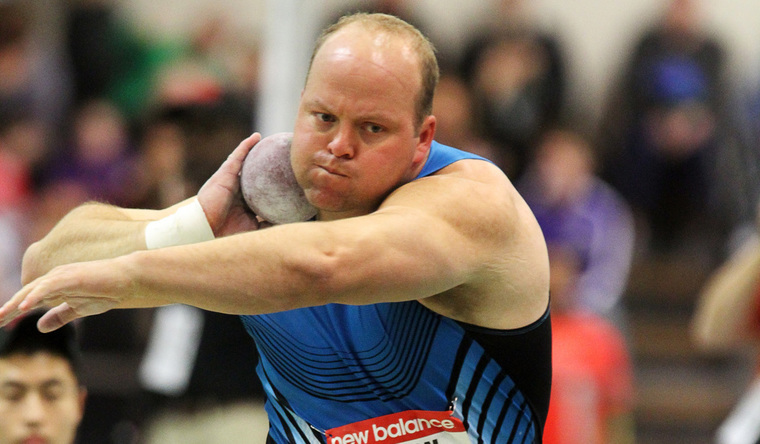P.E.D.'s
March 8, 2018

Eccentric Training (continued...)
Isometric
The isometric is an often overlooked phase of a lift particularly when training athletes. Research by Cal Dietz and Ben Peterson found that the difference between good athletes and great athletes often occurred at the moment athletes transitioned from the eccentric to the concentric phase. Wait...What? Yes, it’s a little confusing, but hopefully this will simplify. Isometrics usually occur at the end ranges of a specific motion. For example: In the vertical jump you will bend your knees and sink to a specific spot and almost instinctively explode up from that spot. That spot where you stop is where an isometric contraction took place to transition from lengthening of the muscle fibers to contracting the muscle fibers. And you can actually train this. Here’s a link on how Cal and Ben train the squat.
Concentric
The concentric phase is traditionally the lifting of weight or when the muscles are contracting. Most of us are familiar with this part even if we didn’t know the name of it. There’s not much to add here other than to stress that most athletes will train the concentric portion of a movement as fast as possible, because it’s the act of actually applying force.
TEMPO and Efficient Movement
When you’re attempting a new skill, most coaches will slow you down at first. As you improve your skill, you will move faster until you reach your own version of terminal velocity. Yet for some reason when most gym goers begin lifting weight, they pick up the heaviest weight they can handle and move it as fast possible. For some reason, they’re surprised when they hurt themselves on day one. ENTER TEMPO Training.
Stay tuned for next week's post to learn more about tempo training, injury prevention, and upcoming training plans to prepare you for a stellar game-day performance.